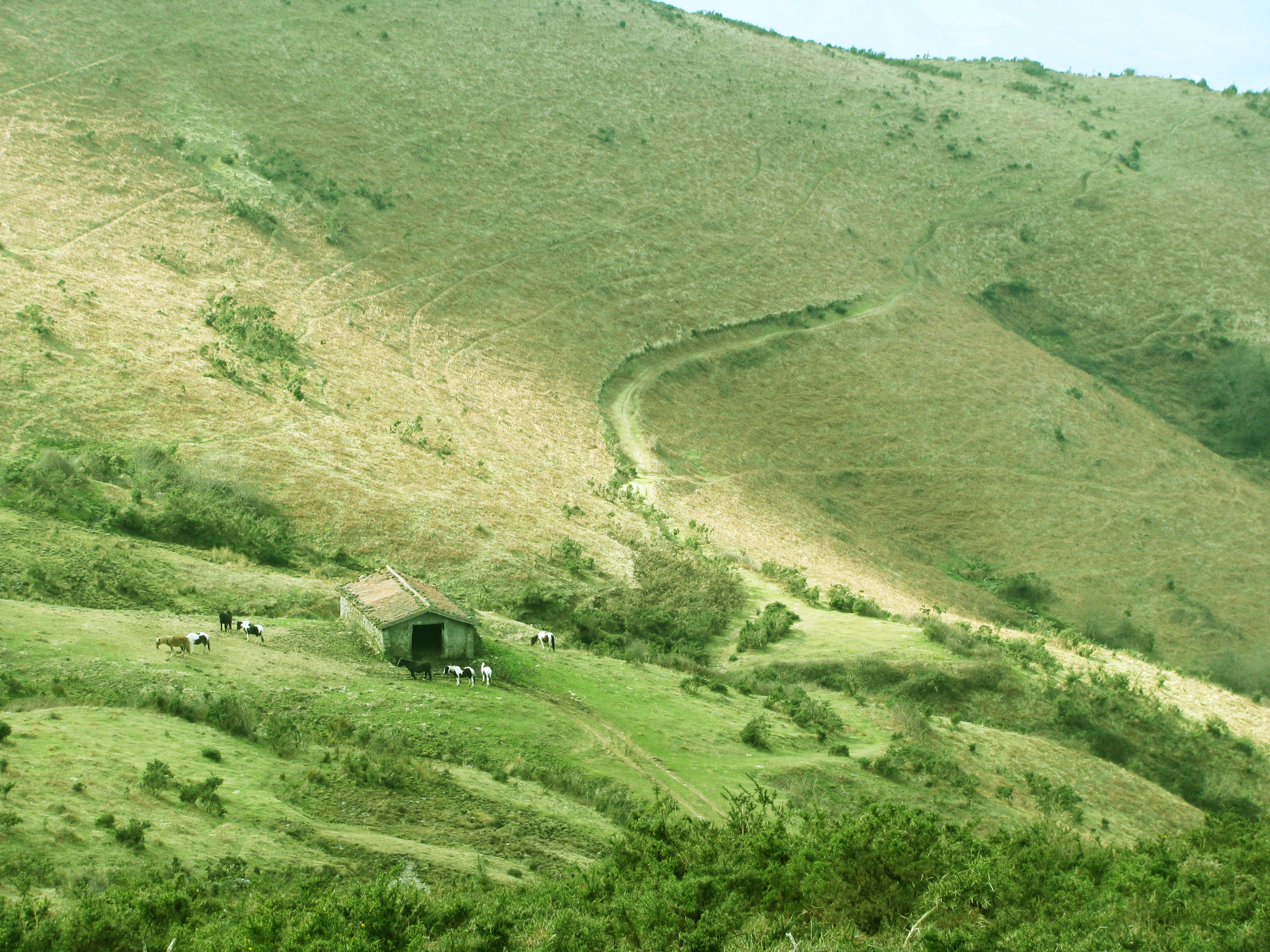Basque ethnography at a glance
In 1934 J. de Yrizar said “the origins of the farmstead lie in the modest livestock housing known as borda, still seen in the mountains of the Basque Country. […] Most importantly, the building skills and ingenuity of the farmer combined all these elements [stone and oak and chestnut wood]”. In 1981 J.M. de Barandiaran expanded this point of view to note “many ancient rural houses are faithful copies of shepherd’s huts”, which amounts to saying the impact of shepherding practices and communal work (auzolana) resides precisely there, for the work of the hand —not the knowledge— of the artisan in a great number of short-lived or precarious human settlements, as is the case with animal housing, is truly exceptional.
Barandiaran includes the region of Xareta within the Alto Baztan group. Nomad tribes lived in this territory mostly from the forest, in temporary habitats diversified as required by the needs of the moment, location, access paths to allow displacement and exchanges, etc. Lapurdi Custom would later specify our country is free and its land common and held in undivided shares (herriko lurrak), the use of which it confines and regulates. Such code of conduct administered the commons so as to encourage joint responsibility and ensure “the weaker is not oppressed by the more powerful”. Thus, the Charter —the Constitution of the country— would say neighbours may erect sheds and enclosures for livestock and shepherds “without them being obliged to make any payment to their fellow parishioners”. It is here in this setting we find the borda.
First, and in this order, parishes arranged around boroughs or neighbourhoods (auzoak). Those parishes demarcated the settlements to be built and determined the irrigation lines, assuring to satisfy shepherding demands. Open access prevailed and animal movement, fencing types along with the intent to cultivate the holdings were monitored. Some dedicated themselves to livestock farming and developed rudimentary, semi-nomad sites, whereas others became crop farmers (laborariak) and established their houses (etxeak) in the plains of the valleys, forming a compact and lasting network. That is how the opposition we all know between inhabitants of rural areas (bordariak) and urbanites (plazatarrak).
It was a misfortune that in 1692 the treasury compelled the people of Lapurdi to buy back their own land. As the saying goes, misfortunes never come singly, and so it is that the enclosure system was favoured and the commons were distributed based on the farmstead owners’ assets. Livestock housing grew in numbers and diversified, followed by the rise of sheep farming, an activity that takes up considerable amounts of space —at the end of the old regime beef cattle still doubled the number of sheep raised in Lapurdi—.
From a transformative perspective, three types of borda can be distinguished in the mountains of Lapurdi, all three constructed by communal work: 1) the sheepfold (ardi-borda), made of timber harvested from nearby trees; 2) the enclosure (borda-barrukia) and the sheepfold, handmade of mechanically sawn timber; and 3) the shed currently used for storage, a potential farmhouse.
Michel Duvert – Etniker Iparralde – Etniker Euskalerria Groups
Translated by Jaione Bilbao – Language Department – Labayru Fundazioa
Reference for further information: Michel Duvert. Voyage dans le Pays Basque des bordes, 2008.



